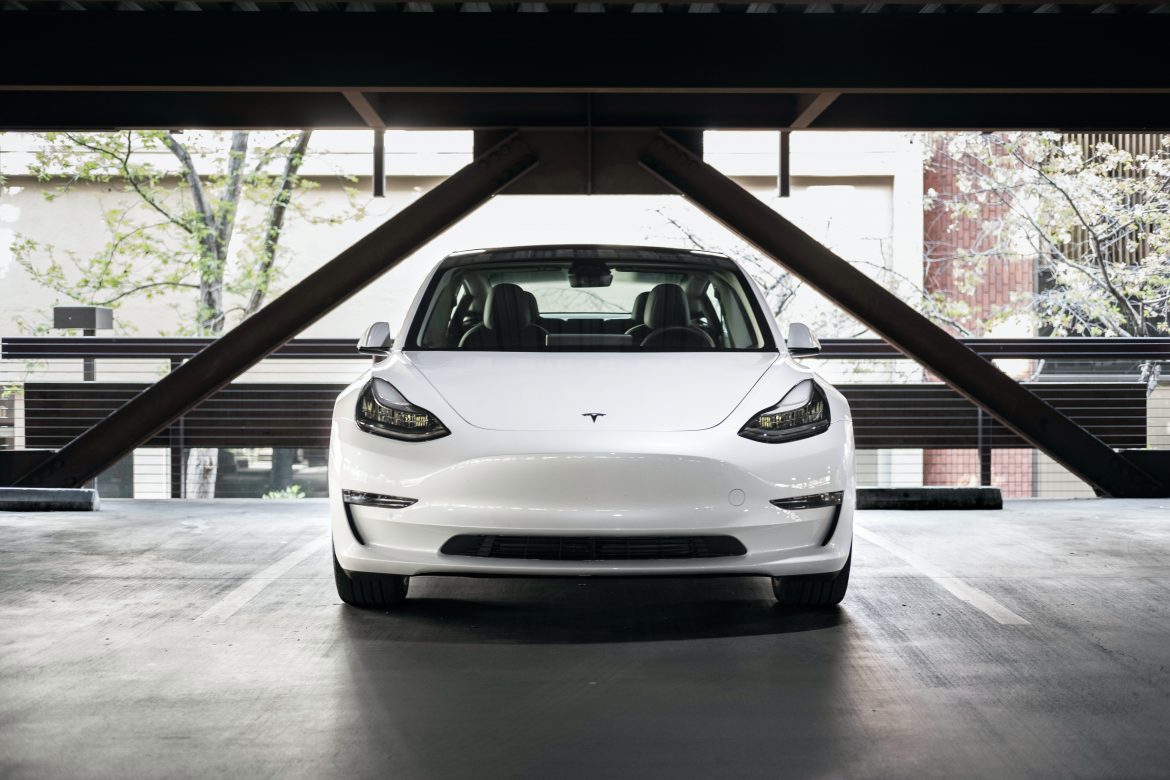As US Treasury’s new guidelines for battery sourcing took effect on Monday, many electric vehicles lost eligibility for tax credits of up to USD 7,500 including Nissan Leaf, Tesla Cybertruck All-Wheel Drive, some Tesla Model 3s and Chevrolet Blazer EV. The treasury issued guidelines last month detailing new battery sourcing rules aimed at weaning the US electric vehicle supply chain away from China’s dominance.
Which vehicles fell out of the list?
With the onset of the new guidelines, the number of EV models qualifying for US EV tax credits fell from 43 to 19. Models like Volkswagen ID.4, Tesla Model 3 Rear Wheel Drive, BMW X5 xDrive50e, Audi Q5 PHEV 55, Cadillac Lyriq and Ford E-Transit are among the vehicles that fell off the list of vehicles eligible for tax credits.
The figures are inclusive of different versions of the same vehicle type. The list could be further changed as some manufacturers are yet to submit information on eligible vehicles, US Treasury told Reuters. Tesla wrote on its website that the Cybertruck pickup is likely to qualify for the federal tax credit later in 2024.
What is US EV tax credit?
The new US EV tax rules allow buyers to claim the tax credit of up to USD 7,500 at a participating dealership at the point of sale. The tax credit sets limits on vehicle price and buyer income to qualify. As the new rules come in, automakers are adjusting their supply chains to ensure their vehicles are eligible for these tax credits. They are partnering with allies and bringing jobs and investment back to the US, the Treasury said.
As per the new rules, the 2022 Inflation Reduction Act law reformed the EV tax credit, requiring vehicles to be assembled in North America to qualify for any tax credits, eliminating nearly 70% of eligible models at the time.



